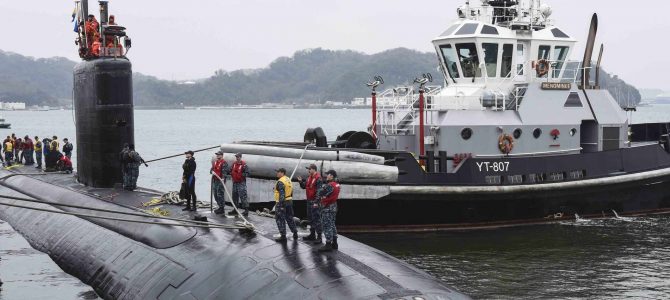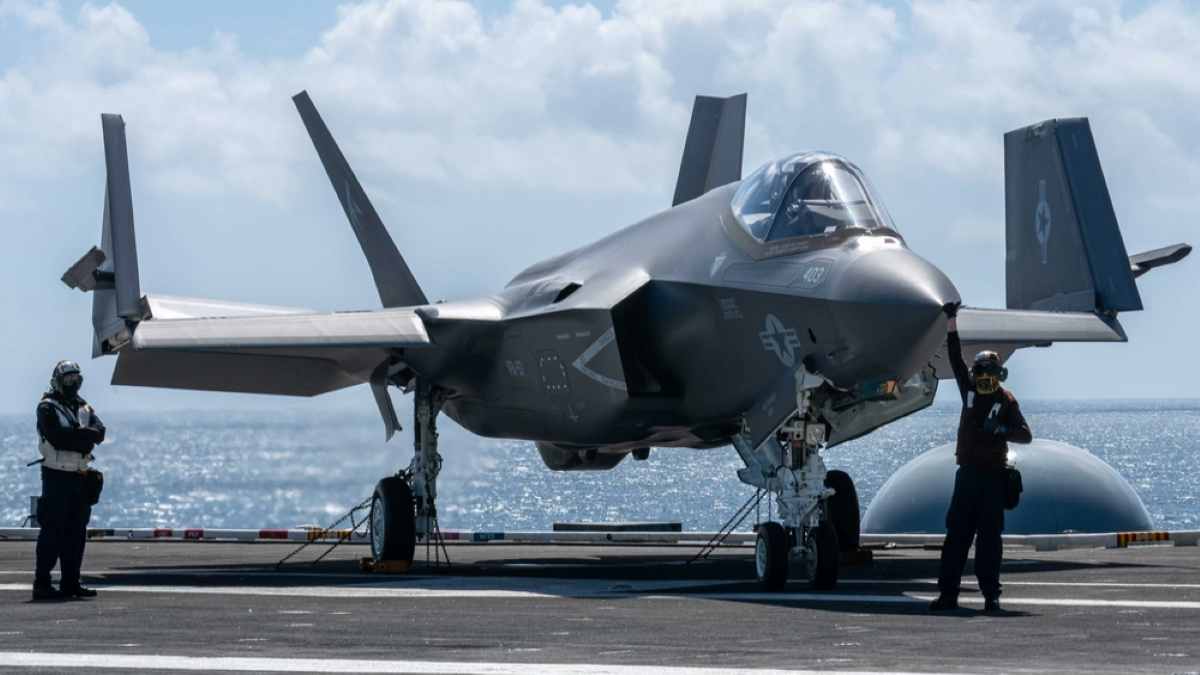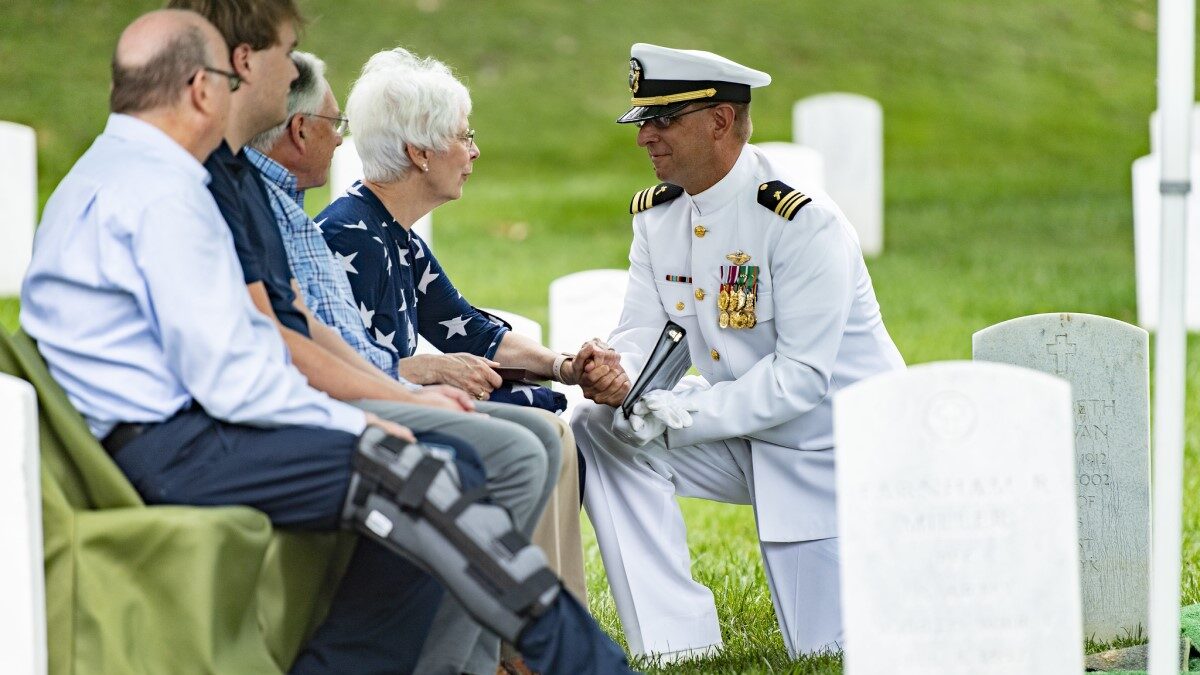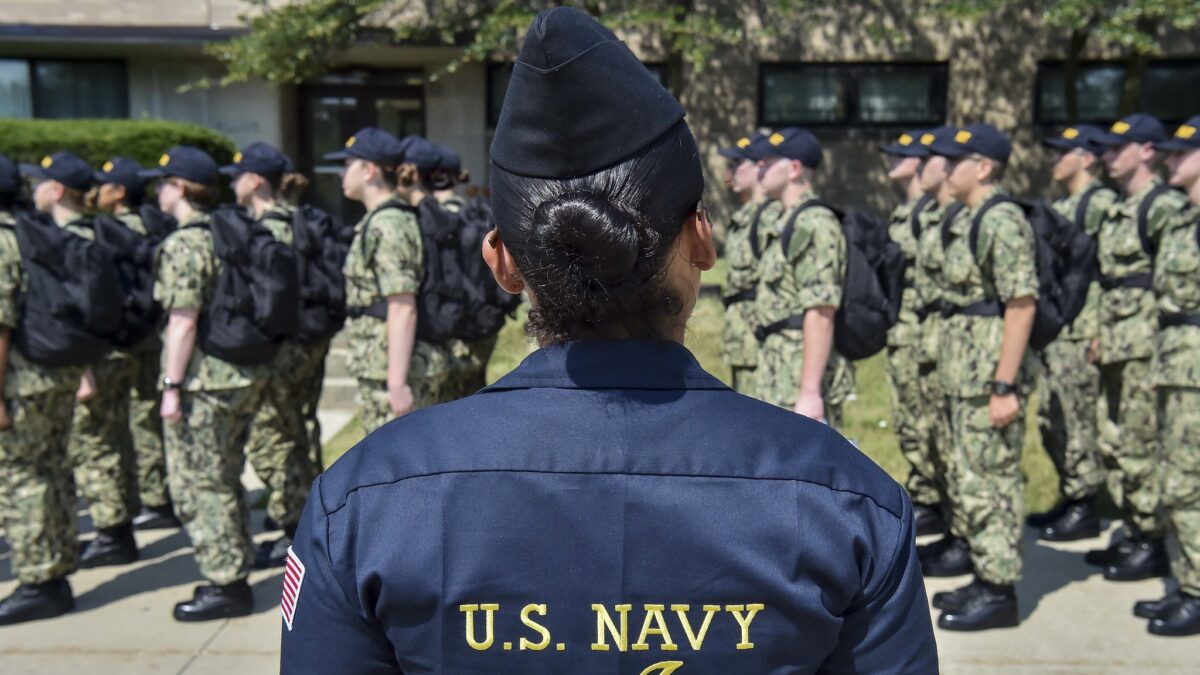
On a beautiful evening last July, I gathered 25 friends for a cookout at my house to generate brutal honesty as I considered running for office. After the food and some liquid refreshment, we retired to my porch for conversation.
A seasoned political operative suggested I spend the next several months as I considered the run polishing my political skills by seeking out opportunities that resemble campaign events. “You know a lot about sea power—why not go and talk about it? It will give you a chance to get out and talk with a broad cross-section of people, and the opportunity to work on your people skills.” So the American Seapower Speaking Tour was born.
During my tour, I visited two-dozen Rotary Club meetings across Maryland. I arrived early, shook hands, and introduced myself to virtually everyone in every room. I asked about items of local interest, and what the big problems in the area were. Many had served in the Navy or our other armed forces, and some had relatives still serving.
I relished their stories, enjoyed meeting people, and left every event more energized than when I entered. I abandoned the long-shot campaign idea early on but continued the tour, partly due to the commitment I had made in arranging the engagements, but mostly out of the consistent sense I gained from the Rotary chats that what I was doing was important.
In stop after stop, I engaged with Americans who were worried about the state of Navy, surprised at the degree to which sea power impacts U.S. prosperity, and nervous about what they understand to be the increasing aggressiveness of China and Russia, not to mention the continuing unpredictability of North Korea and Iran. Here is a summary of a few recurring themes these Rotarians expressed.
Why do countries like Russia, China, and Iran keep getting away with harassing our ships and airplanes? When are we going to do something about it?
Americans may not want to be the world’s policeman, but they surely do not like when our forces are harassed in potentially dangerous ways, and they want it to stop. When I get this question, I try to walk the audience through a generic description of what is happening during these types of actions.
These are not new (the Soviet Union and United States played these games throughout the Cold War; Iran has been at it since its revolution in the late ’70s; China is somewhat late to the game). The crew has trained scores if not hundreds of times for these very situations, the opposed force is often operating in an unsafe and unprofessional manner, and the key to a decision to shoot is whether they are acting “threatening.” All manner of things go into whether the commanding officer (CO) of the ship believes he is threatened, and he must then exercise his duty to defend his ship.
Are the boats brandishing weapons? Are the fighter planes equipped with weapons? How are they responding (if at all) to being hailed on the various radio frequencies set aside for such things? The CO balances these and other factors against the Rules of Engagement and other governing orders from higher headquarters.
The bottom line is that the CO can take defensive action if the target 1) commits a hostile act such as firing a weapon in the direction of the ship or 2) demonstrates hostile intent such as by flying a threatening profile. Obviously, hostile intent is more difficult to determine, but this is why our Navy’s crews train for these situations constantly.
I worry these aggressive acts are calculated attempts to “pattern” U.S. responses. I fear these interactions contribute to future tactics that may take this patterned behavior into consideration to attack a ship that may be less vigilant. The United States should review its responses to this harassment and begin to show some variation, if only to confound this ongoing effort to condition our behavior.
President Trump wants our allies to pay their fair share for their defense. If we build up our Navy, won’t that just make them not build up their own?
This question of burden sharing and free-riding came up at virtually every meeting, so it is clear to me that it was a wise political move by the Trump campaign to seize upon it. Of course, we would like our friends and allies to spend more on their own defense. Many are, but ultimately, it is unlikely that public hectoring will drive laggard nations to spend more. The key for recalcitrant nations to begin spending more will be their own calculations of national risk.
With Russia and China acting in increasingly more aggressive ways, we are beginning to see an interesting dynamic emerge, in which a nation’s propensity to increase defense spending is correlated to its proximity to Russia or China. Put another way, the rise of great power contention is beginning to limit the importance of this discussion.
That said, our dominant Navy is tied directly to our prosperity and security, and we do not “size” our Navy based on how big other navies are—friendly or otherwise. We size our Navy to accomplish the things we ask of it, and what we ask of it today is to maintain global freedom of the seas. Global freedom of the seas is the minimum condition necessary for international trade, the overwhelming majority of which moves by sea.
That international trade is a source of much of our national wealth, and our national wealth is the source of our security. I wish to leave neither of these things—security or prosperity—in the hands of another nation.
Why haven’t we heard more about the decline in the size of the Navy?
The complexity of a good answer to this question forced me to spend a good bit of time trying to simplify it. The first thing I tell Rotarians is that the Navy has declined in size nearly every year since 1989—from 594 ships to today’s 274. The initial drive to cut the size of the Navy came after the end of the Cold War, and there was some logic to it.
The next big decline in size happened after 9/11, when Navy force structure was cannibalized to fund increases in the size of the Army and Marine Corps. In fact, the post 9/11 “war on terror” (2001 to today) is a war that the Navy did not build up for like it had for twentieth-century wars). Rather, it declined in size throughout the conflict.
This is a shared responsibility of the Bush and Obama administrations, along with the eight separate Congresses that authorized and appropriated funds. There is plenty of blame for today’s too small and poorly maintained Navy, and very few people are willing to take responsibility for it.
Another reason this decline is not common knowledge is that the men and women in the best position to inform the nation of these facts—senior uniformed admirals—are discouraged by the bureaucratic nature of the Pentagon from making the case if it is inconvenient to the political ends of the administration in power. Once the Department of Defense arrives at its budget input (the product of intense compromise among the various claimants, including the armed services) and sends it to the White House for transmission to Congress, Navy leadership is effectively committed to whatever size Navy the budget input supports, rather than the Navy the nation needs.
Navy leaders do a good job of answering direct and probing questions when they testify before Congress, but were they to actively take to the speaking circuit and discuss why the resources they receive are insufficient, they would be out of jobs forthwith.
Will President Trump be able to build his 350-ship Navy?
This has come up consistently since the election, for obvious reasons. My answer is that the only way the Navy ever grows in our system is if it is the president’s priority. President Trump has made it clear that he wants the Navy to grow and that his goal is 350 ships.
While presidential support is crucial, it is not sufficient. Congress ultimately must spend Americans’ tax money to build the Navy, and building navies is never cheap. To be convinced to spend this money, the American people and their representatives need a compelling reason to do so, something I refer to as an “American sea power narrative.”
The narrative must start with why we need a Navy at all. It must lay out what we wish to ask of the Navy, and where we wish for it to operate. It must identify the threats to our security and prosperity the Navy must address, and specify the capabilities that are most critical to addressing them. Finally, the ultimate size of the Navy must be analytically linked to the elements just provided. It is early yet in the Trump administration for such a narrative to emerge, but if his Navy is to be built, it must be done.
Good people, serving their communities out of the goodness of their hearts, gave me their full attention and interest during these talks. Their questions were insightful and important, and their love of country was manifest. In some cases, the clubs I was talking to were less than 50 miles from Washington DC, but they were clearly living outside the “bubble” I work in every day. It really does not take much effort to listen to America—perhaps more ought to try it.









